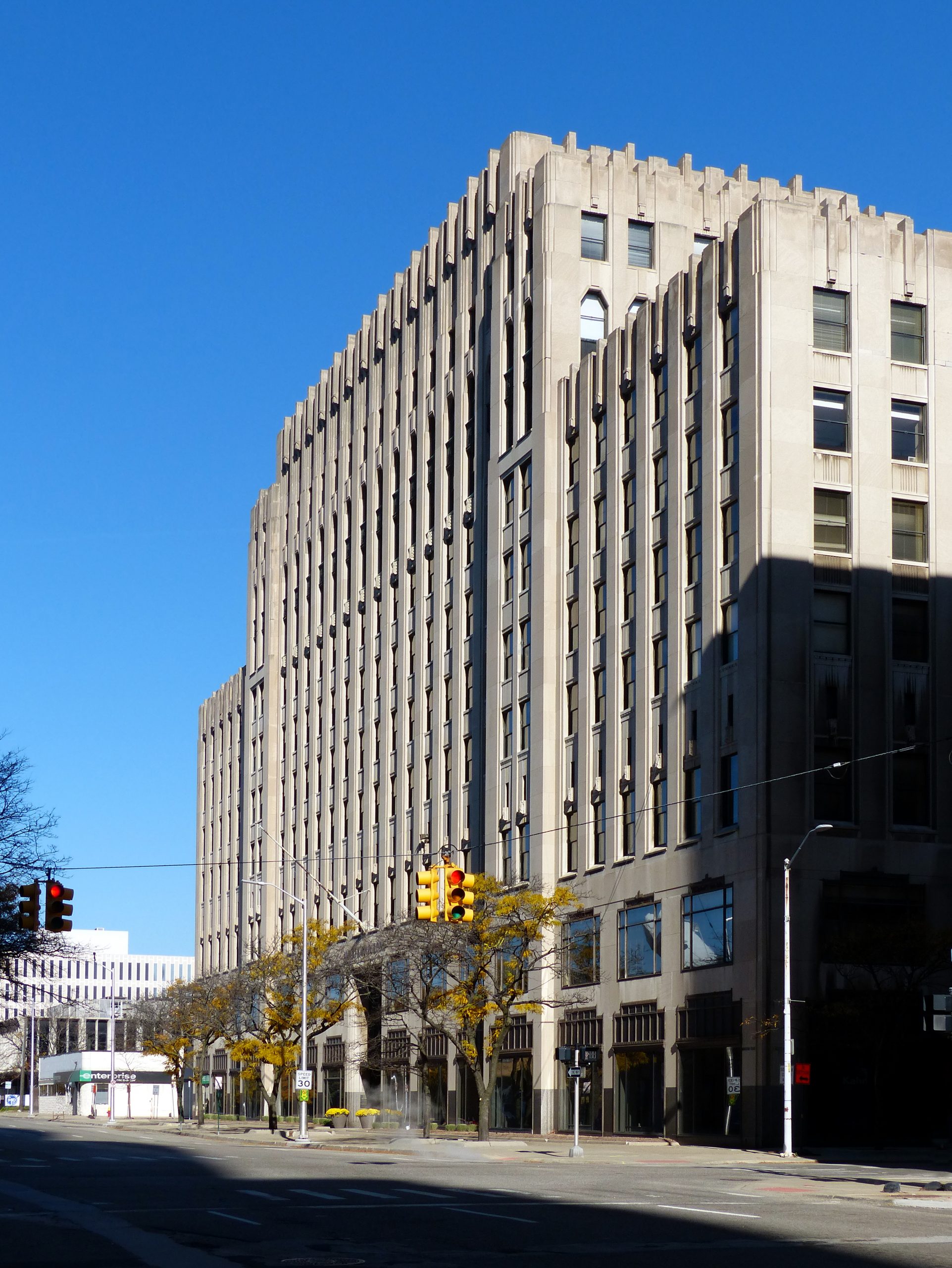The Albert Kahn Building, known colloquially as The Kahn, is located in New Center, Detroit, Michigan. Once a prominent department store and office suites, The Kahn has been cited as an exemplary example of architecture by renowned architect, Albert Kahn. Although often overshadowed by its expansive neighbor, The Fisher Building, The Kahn pays homage to his big brother; constructed of similar vertical limestone elevations and bronze accents inside and out.
Windows to the Past
The Kahn has many important features, but the bronze double-hung windows located between the second and tenth floor are among the most significant. These windows are all original to the 1931 building and are made completely of bronze components—frames, sashes, stops and even the small decorative cord cleats once used in the open offices. These existing windows were in very good condition upon initial inspection by KDG, most working almost perfectly—a great feat when compared to many historic Detroit buildings.
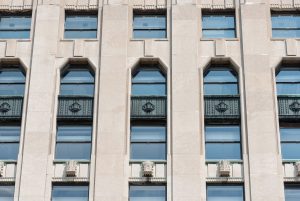
Although the windows were mostly operational, they were collectively leaking substantial amounts of air, with only a single pane of glass blocking the external elements, and spotty weatherproofing at the perimeter. Given their aesthetic, functional, and historic value, keeping the bronze frames was a top priority, but a creative solution was needed to decrease the unwanted airflow and improve overall building efficiency.
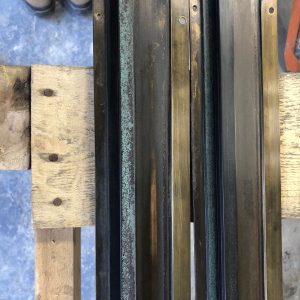
In a typical window replacement, most of the system would be replaced—which in turn allows a modern insulated glass unit (IGU) to be utilized. Retrofitting the bronze windows would not allow for the insertion of a standard size IGU, as contemporary IGU is composed of multiple panes of glass separated with a spacer and is therefore much thicker than the single pane of glass these historic frames were designed to accommodate.
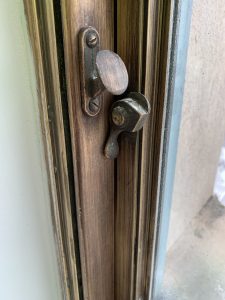
A Better Class of Glass
As a solution, Cunningham-Limp—the construction manager on the project—suggested Pilkington’s Spacia glass. Spacia glass is designed to fit into a historic single pane opening while still yielding similar thermal control to that of a typical IGU assembly. The thin systems are made possible by a grid of micro-spacers used to separate two 3mm pieces of glass. These micro-spacers are only minimally visible upon close inspection and disappear completely at 3’ away.
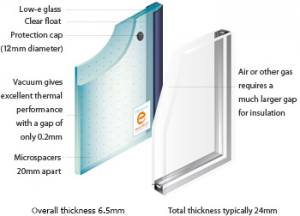
City noise also draws negatively on a building’s wellness, and Spacia glass increases the Sound Transmission Class (STC) rating to a value of 34—more than doubling that of a standard single pane of glass, thus dampening the sounds of the city. Utilizing the existing frames and replacing the glass with a more robust system will improve the building’s efficiency and yield significant cost savings of roughly 77% per window unit, as compared to an entire window replacement.
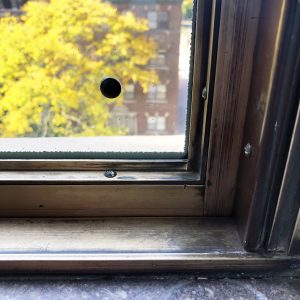
The team behind The Kahn—Lutz Real Estate Investments, Northern Equities Group, Kraemer Design Group and Cunningham-Limp—utilized the federal tax credit program for historic buildings, which is a program that ensures the rehabilitation of the building meets the Secretary of the Interior’s Standards for Rehabilitation. Therefore, the Spacia glass needed to be approved by the State Historic Preservation Office (SHPO) and the National Park Service (NPS) before work could commence.
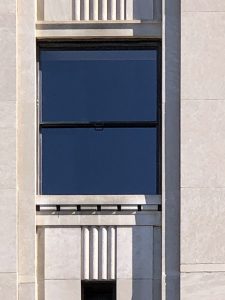
Replacement glass needed to be of similar visible transmittance to retain the appearance of the original glass panes, as to not drastically alter the building elevations. Spacia glass successfully uses a low-E coating to bring about better building quality while ensuring a similar visible transmittance. Each pane also contains a small 1” protection cap in the bottom corner—SHPO and NPS also had to be convinced that these small, black protection caps would not interfere with views of the building. When placed in the correct position, the caps were not able to be seen from ground level.
Spacia glass is not a one-size-fits-all glass replacement solution; however, fortunately for The Kahn, the solution was the best per historic requirements, monetary improvements and the betterment of building efficiency.
Visit The Kahn’s website for more information https://www.thekahndetroit.com/
